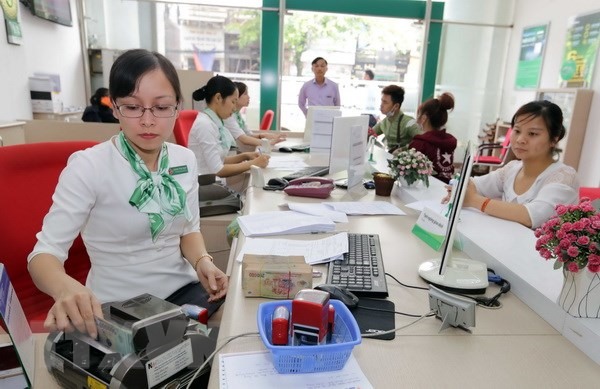 Economy
Economy

 |
| The central bank’s target this year is to expand lending by a maximum of 17 per cent. - VNA/VNS Photo |
The central bank’s target this year is to expand lending by a maximum of 17 per cent, lower than the 18.17 per cent recorded last year.
According to Nguyễn Quốc Hùng, director of the SBV’s Credit Department, the growth rate would aid macroeconomic stability while still ensuring inflation and foreign exchange rate control.
Banking expert Nguyễn Trí Hiếu also believed that the credit slowdown would allow banks to pay more attention to credit quality and credit risk management.
Besides, Hiếu said, the slowdown could be an advantage as banks could cut their lending interest rate thanks to good liquidity as capital mobilisation is higher than lending.
It was estimated that credit growth of all credit institutions by the end of July was around 8 per cent, so that it won’t be hard to meet the 17 per cent credit growth target in 2018 as lending often surges sharply in the third and fourth quarters. — VNS




